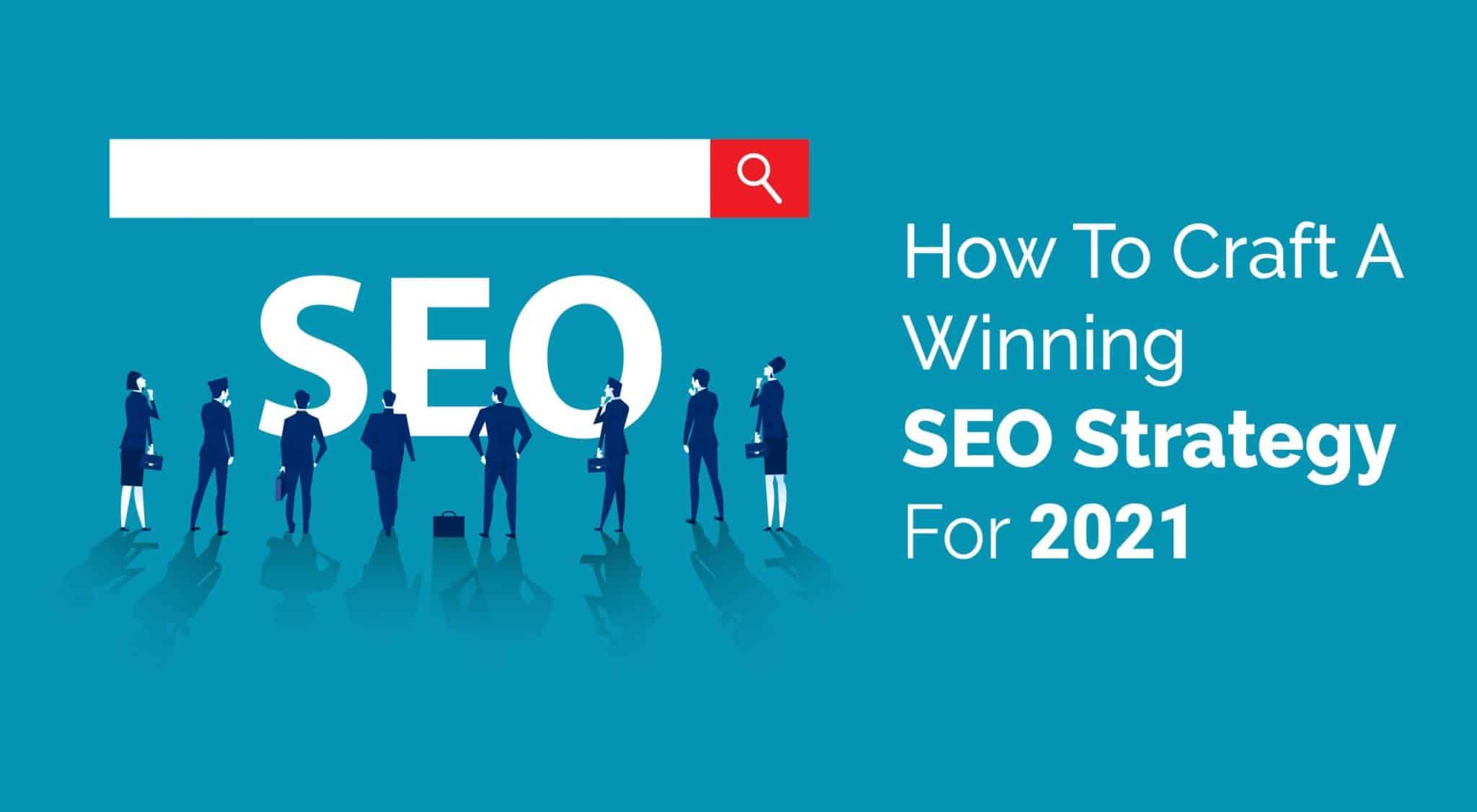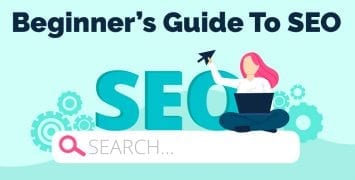The whole purpose of SEO is to get visibility and traffic for your brand, but there are multiple ways in which you can get more visibility in the search engine results pages. Often these other methods are overlooked, but for a brand searching for extra traffic it can be a night and day difference.
After all, it’s almost irrelevant where the traffic comes from as long as it’s targeted and interested in your products or services. Traffic is traffic, and if you’re ignoring these methods, you’re missing out on potentially thousands of visitors each month.
Ranking for High Traffic Keywords
Probably the most popular method for getting visibility in the SERPs is to try and rank for high traffic keywords that are being used by most searchers in the industry. These are fantastic because ranking for a single phrase can bring in tens of thousands of visitors each month, many of whom are targeted and ready to purchase.
However, these phrases are also by far the most competitive, and that means that you need to invest more resources into ranking for them which can drive the ROI down. These keywords are ‘flashy’ and often overrated because they are typically quite broad and usually are middle of the funnel keywords rather than the bottom of the funnel, i.e., buying queries.
While no brand would ever turn down the opportunity to rank for these keywords, you need to carefully assess the potential revenue from them and weigh that up against the cost of ranking. These terms are incredibly difficult, and while the payoff can be large, the risk is equally sizable in the case that you are unable to rank and get a return on investment.
Ranking for Long Tail Keywords
For smaller brands a more accessible and arguably safer tactic for getting SERP visibility is to go broader with your content, publishing larger amounts targeting long tail keywords. Long tail keywords are often mislabeled as those with many words, but they are long tail because they are the thin and long portion of a distribution graph of a number of searches against keywords.
While the ‘head’ keywords have the most searches per keyword, the bulk of all searches are long tail phrases despite each perhaps having only a few hundred monthly searches.
However, what’s fantastic about these terms is that they are usually very low competition because fewer people are using them in their content. For you, that means that you can rank without investing large amounts of resources and ranking for hundreds of different long tail phrases can add up to many thousands of monthly visitors.
Appearing in Google Images
Often overlooked is the other popular Google search engine, image searches. Even in industries which are seemingly less image orientated, you can get a surprising amount of traffic from ranking in the top few images.
By using proper on-page SEO and doing keyword research, you can figure out how to optimize your images so that they rank in the first row of pictures in the SERP. Plus, for many keywords, you’ll find images will appear in the main Google SERP, often in position two or three.
Featured Snippets
Introduced around 2015, featured snippets are becoming more common with each passing month, and it’s unlikely that this trend will reverse. Featured snippets come in a variety of forms including bullet point lists, numbered lists, quotes and direct answers, but most importantly, they are ranked above position one.
The so-called ‘position zero’ is the most coveted spot in the SERP and often the site holding it might rank towards the bottom of the first page. Getting into this snippet lets you jump over the competition and appearing in it depends largely on your on-page SEO rather than off-page link building which makes it a very accessible strategy for small brands.
Google AdWords PPC
Although not an SEO tactic, Google will always have advertising on their search results pages and if you want to maximize your visibility, you need to ensure that you’re being seen everywhere that you can.
With more ads being introduced to the SERP than ever before, prices can be quite reasonable and although unlikely to have the same ROI as SEO, pay per click advertising can be a great tactic for brands of all sizes.




